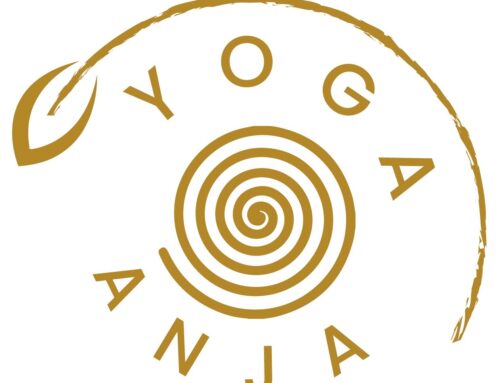What is your spa booking pace?
Do you remember my article The Different Steps in the Spa Sales Process?
It is a case study on how to apply best practise to the spa selling process.
Today we look at an important concept in revenue management, the spa booking pace.
What is the meaning of the booking pace for the hospitality industry?
Time and speed in sales are of the essence, especially in service industries where ‘products’ – such as hotel room nights or spa treatments – are highly perishable and cannot be stored.
Hence the pace at which reservations are made for the future is an important rate to measure, control and monitor.
Because it helps to identify booking patterns and hence market demand, which is super useful when it is time to forecast
- revenue: understanding patterns
- occupancy: occupancy rates above or below average
- the need for resources: for example required staffing levels
as not to miss out on potential extra revenue.
So we can say: spa booking pace measures how many spa bookings are on the books at any given time for future dates.
What is a booking window?
The booking window is the period of time between a reservation and the actual arrival of the guest. For example: I am booking a massage at my spa on the 22nd Nov for 10th of December. The booking window is hence between 22. Nov -> 10th Dec. = 18 days.
Different market segments usually have different booking windows, as well as different booking channels. Knowing your booking windows with regards to segments and channels helps in revenue management, for example yield management.
If your average booking window for your spa is 20 days, there is no need to come up with promotions for dates that are beyond 20 days. This has even validity if occupancy is low for a future date beyond your booking window of 20 days.
Larger window bookings are typically connected to higher average length of stay (for a hotel spa).
Booking Channels
Since I mentioned the term earlier, lets talk about it briefly. The way bookings come in, is a booking channel.
So for example via
- hotel reservation (i.e. a guest makes a room & spa reservation at the same time)
- internet (if your spa website allows real time booking)
- phone
- personal / direct (for example a guest that leaves the spa and makes her next reservation on check-out, or an in-house hotel guest).
It is super helpful to know where your bookings come from. In the best case, you even know where which kind of bookings come from. Most guests book single massage treatments via your website, however more extended packages such as half day rituals via email?
If you do know all of this, you can support your most important booking channel by extra measures!
Assume most of your bookings come via your website, you may want to think about your online marketing strategy.
Or assume most of your bookings come via phone, you may want to expand the times on which your spa is reachable via phone, or add further phone lines.
Do you have any questions?
no prob, just drop me an email on anja@talkwellness.at and I am happy to assist!









